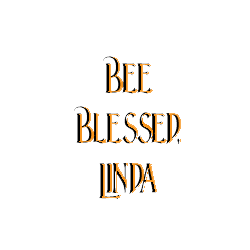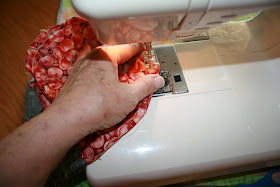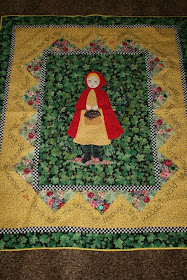 |
| Button card from Sears & Roebuck, 1961 |
For some reason, I'm fascinated with buttons! I've even put them on quilts. I love the shapes, colors, sizes.....the sound of them in a glass jar, the stories they've been around for...you name it. I have a jar of buttons that I bought at a garage sale once. It had many old buttons in it. Then I inherited my grandmother's and great grandmother's button jar. I love those buttons! My great grandmother was married in 1906, so there could be some really old buttons in there!
Many were clipped off of shirts and dresses during the Depression to be used again and again. You didn't waste anything! Some of them still have a small part of the original shirt or coat or dress still attached!
 |
| Sampling from my grandmother and great grandmother's button jar |
 |
| More from the button jar |
Buttons have not been around forever. The earliest buttons that were used on clothing were from the Indus Islands about 3000 years ago. They were made of seashells and had holes so that they could be sewn to clothing. They were used more for ornamentation than anything else. It was not until the 13th century that some brilliant German came up with the use of buttons as a means of fastening a garment closed! (Before that, you were either sewn into your clothes or tied in!)
Buttons became like jewelry. Artists created buttons that were beautiful, one of kind pieces. The wealthy showed off by using many buttons on their clothing. There were even royal decrees limiting the type of buttons you wore to those suited to your social class!
By the 17th and 18th centuries, buttons were being produced in many different materials and shapes. Beautiful buttons were produced in France and Germany, but England soon became a front runner in the production of buttons. Buttons could depict hunting scenes, portraits, family crests, or anything else that an artist might paint, carve, mold, or embroider on a button.
As the American revolution neared, the colonists showed their American patriotism by buying only American made buttons instead of the British buttons they were accustomed to. Buttons were crafted from wood, pewter, brass, and papier mache. Paul Revere made buttons in silver. Phineas Pratt, a well known maker of piano keys, made buttons in ivory.
In the mid 1800's, button production was in its "Golden Age". Mass production meant that it was possible to produce buttons in quantities never seen before. Not long after this, the sewing machine became a common tool of many homemakers who needed buttons for the garments they produced at home. The button was now readily affordable, but the artistry was disappearing.
From 1860 to 1900, the Charm String became popular among young girls. They started by stringing a large button on a string. This was the "touch button". After this they added buttons from friends and relatives. The goal was to string 1000 buttons on their string. When the 1000th button went on, their true love was to soon come and "sweep them off their feet". (Of course, in some circles, it became a popularity game and it was said that if the 1000th button went on, the girl would be a spinster.) So much for superstition!
Buttons have stuck around despite the invention of zippers and hook and loop tape! (I'm glad we don't have to button our shoes anymore, but that's a different story.)
I think you'll always see a jar of buttons in my sewing room!
Yesterday, Annie of Ruby Slipperz had a great post about buttons that you can read here . I had this post written already. Take a look at her buttons and read what she has to say about those she has inherited, too. Buttons often have warm memories attached to them! You might take another look at what you have in your button jar!
Don't forget about the giveaway! You have until July 6 at midnight, CST. To enter, go to this page












































